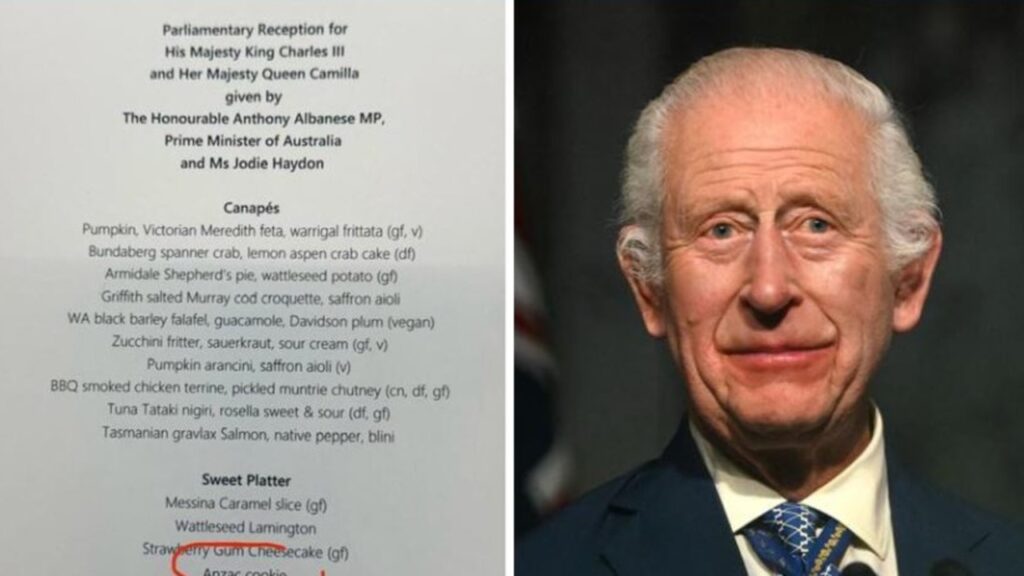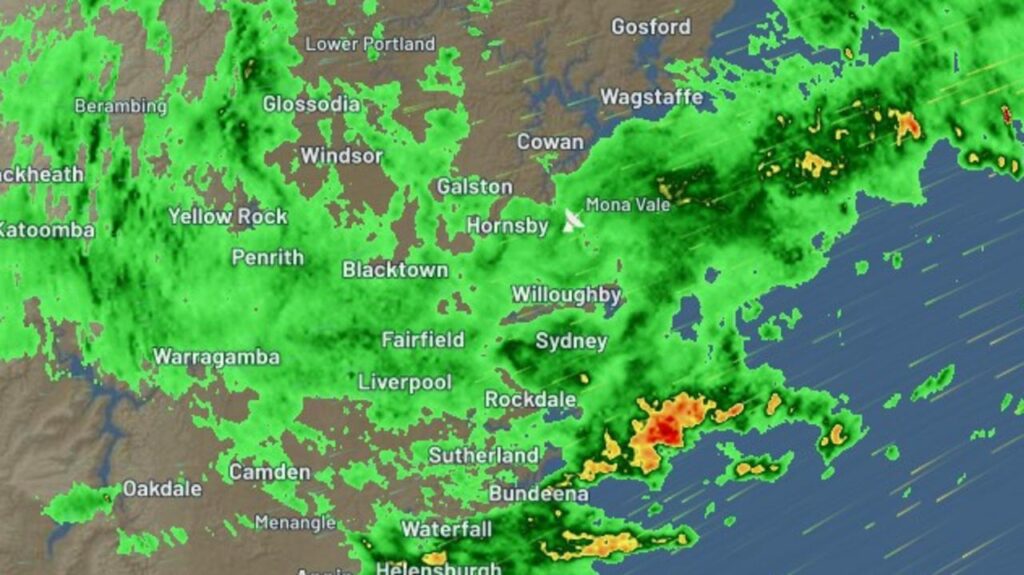‘$2.50 for an espresso’: Melbourne Italian cafe’s inflation-defying menu goes viral
Written by admin on May 11, 2024
With $2.50 coffees and $13 pizzas, is this Australia’s cheapest Italian restaurant?
Cafe Perri, located opposite Carnegie station in southeast Melbourne, caused a stir online this week after a photo of its menu went viral on Reddit.
Highlights from the classic Italian menu include $11 for a Napoletana pizza, $9 for a Napoli pasta and $3 for a takeaway cappuccino.
“Shops be rising prices but my local Italian still staying strong,” wrote the person who took the photo. Another replied, “Those prices are incredible in this day and age.”
Many were confused about how the tiny restaurant has managed to buck the inflation trend, as rising energy, rent and input costs put the squeeze on businesses and households.
Consumer prices rose 3.6 per cent year-on-year in the March quarter, according to the Australian Bureau of Statistics (ABS). The cost of food and alcoholic beverages was up 3.8 per cent, with a 5.3 per cent increase in meals out and takeaway foods the main contributor to the category.
Cafe owner Jimmy Perri told news.com.au he had not increased his prices since moving to the Carnegie location last September.
“We opened with this policy, low price high quality,” he said.
Before Covid he had a cafe on Elizabeth Street in the CBD but moved to be closer to where he lives. Mr Perri, who has been in the cafe business around two decades, said he believed he was one of the cheapest places in Melbourne, if not the country.
“I challenge you to find anywhere in Melbourne or Australia $2.50 for an authentic Italian espresso,” he said.
“Regular cappuccino takeaway is $3, if they’re having here it’s $3.50 because we have to wash the cup. Pizza starts from $6 for a small and large from $13 or $14. Any beer, any glass of wine $6.”
The average price of a small takeaway flat white in Australian capital cities was $4.78, according to a survey earlier this year by the University of South Australia.
Mr Perri said the reason he keeps prices low is “because I am coming from the customer side”. “If I go to a place for a coffee with my friend or just to buy a pizza, I want to have the best deal, so having good quality and paying less, and I try to bring this policy here,” he said.
On social media, many speculated that the cafe owns the location outright, removing the significant cost of rent and allowing it to keep prices low.
“No way they would be making profit otherwise,” one user commented. “I’m a head chef and I’m painfully aware of food costs and labour costs. These prices are (generally) unsustainable.”
Mr Perri said the cafe was profitable but added it had “nothing to do with owning the building or [not] owning the building”.
“It has to do with the projection you give to people,” he said.
“When you buy a coffee they don’t see us as an operation [only out to make money].”
Other cafes were charging $6 or $7 for a coffee “like they’re selling gold, we are the opposite of this trend”, he added.
Data from Pablo and Rusty’s Coffee Roasters breaking down what goes into the cost of a takeaway coffee put wages as the biggest factor on 34.6 per cent, followed by rent, operation costs and GST on 32 per cent, coffee beans and milk each at 11.9 per cent, and the cup itself and equipment costs each contributing 4.8 per cent.
“Over the past few decades, coffee prices haven’t kept pace with input costs,” University of South Australia researcher Emma Felton wrote for The Conversation in March.
“In the early 2000s, after wages, food costs, utilities and rent, many cafes earned healthy profit margins as high as 20 per cent. The most recent data from IBISWorld show that while Australian cafe net profits have recovered from a drop in 2020, at 7.6 per cent, they remain much lower than the Australian average business profit margin of 13.3 per cent.”
That means for an independent owner operating a cafe with the average turnover of $300,000, “this would amount to a meagre $22,800 annual net profit after all the bills are paid”.
“When cafe owners put up their prices, we often rush to accuse them of selfishness or profiteering,” Dr Felton wrote. “But they’re often just trying to survive.”
St Ali coffee roasters chief executive Lachlan Ward told the Herald Sun last month cafes need to “be brave and adjust up” or risk closing their doors.
“The way we are pricing coffee in Australia is not sustainable,” said Mr Ward, who argued Aussies should be paying a minimum of $5.50.
“Unless Australian cafes start adjusting prices up and charging a fair price for what we are making, the independent cafe won’t exist in the future.”
It comes after figures from the corporate regulator revealed the number of failing companies increased by 36 per cent in the nine months to March 31.
More Coverage
During the period, 7742 companies entered external administration, according to the latest insolvency statistics from the Australian Securities and Investments Commission (ASIC), including a record 1031 in March.
“With only one quarter remaining this financial year, it’s expected that the number of companies entering external administration by June 30, 2024 will exceed 10,000, a level not seen since the 2012–2013 financial year,” ASIC said.
Read related topics:Melbourne







